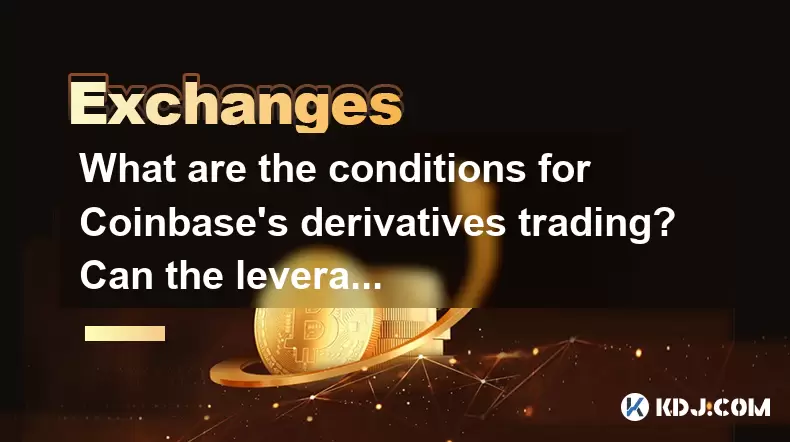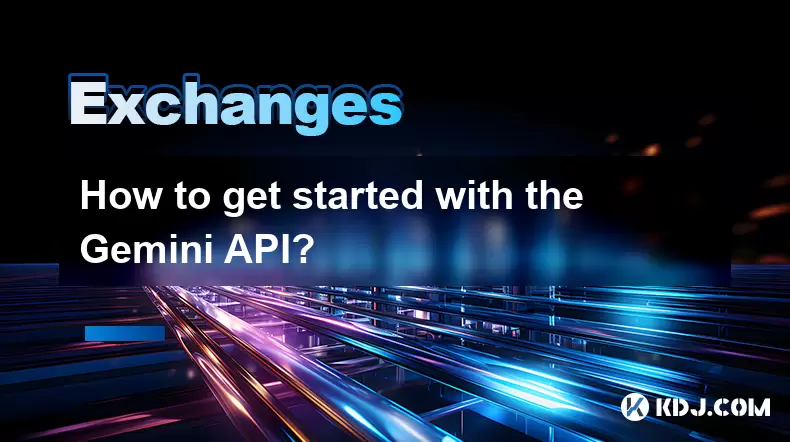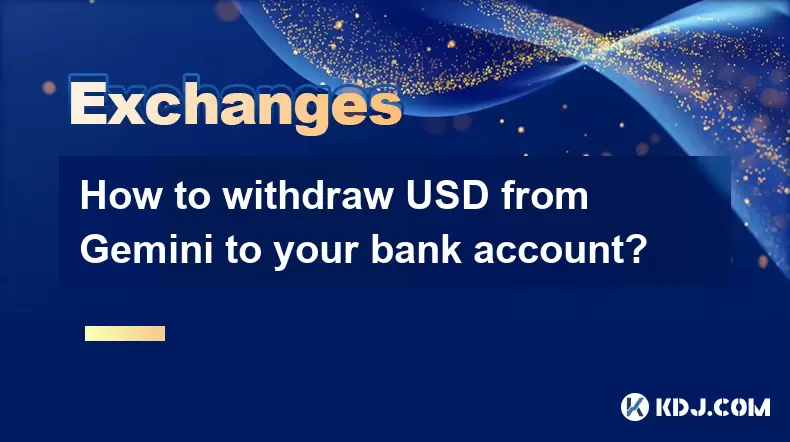-
 Bitcoin
Bitcoin $115000
0.12% -
 Ethereum
Ethereum $3701
4.50% -
 XRP
XRP $3.081
2.99% -
 Tether USDt
Tether USDt $0.0000
-0.01% -
 BNB
BNB $767.9
1.45% -
 Solana
Solana $169.5
3.13% -
 USDC
USDC $0.9999
0.01% -
 Dogecoin
Dogecoin $0.2106
4.30% -
 TRON
TRON $0.3334
1.62% -
 Cardano
Cardano $0.7564
2.54% -
 Stellar
Stellar $0.4165
0.76% -
 Hyperliquid
Hyperliquid $38.75
0.25% -
 Sui
Sui $3.593
3.00% -
 Chainlink
Chainlink $17.08
3.59% -
 Bitcoin Cash
Bitcoin Cash $573.6
4.35% -
 Hedera
Hedera $0.2508
-0.84% -
 Avalanche
Avalanche $23.07
6.46% -
 Ethena USDe
Ethena USDe $1.001
-0.02% -
 Litecoin
Litecoin $120.8
8.17% -
 UNUS SED LEO
UNUS SED LEO $8.943
-0.32% -
 Toncoin
Toncoin $3.400
-5.60% -
 Shiba Inu
Shiba Inu $0.00001255
1.54% -
 Uniswap
Uniswap $9.908
6.32% -
 Polkadot
Polkadot $3.718
2.10% -
 Monero
Monero $303.0
-0.74% -
 Dai
Dai $0.9999
-0.02% -
 Bitget Token
Bitget Token $4.392
0.91% -
 Cronos
Cronos $0.1403
6.31% -
 Pepe
Pepe $0.00001076
1.13% -
 Aave
Aave $267.2
1.80%
What are the conditions for Coinbase's derivatives trading? Can the leverage ratio be adjusted?
Coinbase offers derivatives trading with leverage up to 10x, margin requirements, and risk controls, available mainly to institutional and non-U.S. retail users.
Jun 13, 2025 at 03:28 pm

Understanding Coinbase's Derivatives Trading Conditions
Coinbase, one of the most prominent cryptocurrency exchanges in the United States, has expanded its offerings to include derivatives trading. This service is primarily available through Coinbase Exchange and Coinbase Prime, catering to institutional and advanced traders. To participate in derivatives trading on Coinbase, users must meet specific eligibility requirements.
One of the key conditions involves passing a trading assessment that evaluates the user’s understanding of derivatives markets and associated risks. Additionally, users must have an approved margin account with sufficient collateral. The platform also requires users to maintain a certain level of trading volume or account balance to qualify for access to derivatives products such as futures contracts.
Another important condition relates to jurisdictional restrictions. As of now, derivatives trading is not available to retail customers in the U.S. due to regulatory constraints enforced by the Commodity Futures Trading Commission (CFTC). Institutional clients and non-U.S. residents may be eligible depending on local regulations and compliance protocols.
Leverage Options in Coinbase Derivatives Trading
When it comes to leverage in derivatives trading on Coinbase, the platform offers varying levels depending on the product type and user classification. For instance, institutional traders typically have access to higher leverage ratios compared to advanced retail traders.
Leverage allows traders to open larger positions using a smaller amount of capital. On Coinbase, leverage options can range from 2x up to 10x, though these values are subject to change based on market conditions, asset volatility, and risk management policies. It’s crucial to understand that while leverage amplifies potential profits, it also increases the risk of liquidation.
Unlike some other platforms, Coinbase does not allow users to freely adjust leverage ratios beyond predefined tiers. Instead, leverage is set according to the contract specifications and user tier. Traders must carefully assess their risk tolerance before engaging in leveraged trades.
Supported Derivatives Products on Coinbase
Coinbase supports several types of cryptocurrency derivatives, including:
- Perpetual futures contracts
- Quarterly futures contracts
These products are available for major cryptocurrencies like Bitcoin (BTC), Ethereum (ETH), and occasionally others based on market demand and liquidity. Perpetual contracts do not have an expiration date and are settled continuously against the spot price, while quarterly contracts expire on a predetermined date.
Each derivative product has its own set of rules regarding funding rates, margin requirements, and settlement mechanisms. Users should familiarize themselves with these details before initiating any trade. For example, perpetual contracts involve periodic funding payments between long and short positions to keep prices aligned with the underlying asset.
Margin Requirements and Risk Management Protocols
To engage in derivatives trading on Coinbase, users must deposit collateral in the form of USD or supported cryptocurrencies. The required margin depends on the leverage applied and the size of the position. Coinbase uses a tiered margin system to ensure adequate risk coverage, especially during periods of high volatility.
In addition to initial margin, traders must maintain a minimum maintenance margin level. If the account equity falls below this threshold, liquidation procedures are triggered automatically. Liquidation occurs when the exchange closes a trader’s position to prevent further losses beyond deposited collateral.
Coinbase employs advanced risk controls, including real-time monitoring and dynamic adjustments to margin requirements. These measures help protect both the platform and traders from extreme market movements. Users are encouraged to monitor their account health indicators regularly and manage positions accordingly.
Accessing Derivatives Trading: A Step-by-Step Guide
For eligible users who wish to begin trading derivatives on Coinbase, the following steps outline the process:
- Ensure your Coinbase account is verified at the highest possible level.
- Apply for a margin trading account through the Coinbase Exchange dashboard.
- Complete the derivatives trading knowledge quiz to demonstrate understanding of financial instruments.
- Submit any additional documentation if requested, particularly for institutional accounts.
- Fund your account with the required initial margin in USD or crypto.
- Navigate to the derivatives section and select the desired contract.
- Place orders using limit or market execution methods, keeping leverage settings in mind.
It’s essential to test strategies using paper trading or demo accounts before committing real funds. Coinbase does not currently offer a demo environment for derivatives, so new traders should start with small positions and gradually increase exposure.
Frequently Asked Questions
Q: Is derivatives trading available for all Coinbase users?
No, derivatives trading is restricted to eligible institutional clients and advanced traders. Retail users in the U.S. generally cannot access these services due to regulatory limitations.
Q: What happens if my position gets liquidated?
If your account equity drops below the maintenance margin requirement, Coinbase will automatically close your position. You remain liable for any remaining deficit, although the platform typically absorbs losses beyond the deposited margin.
Q: Can I use stablecoins as collateral for derivatives trading?
Currently, stablecoins are not accepted as margin collateral for derivatives trading on Coinbase. Eligible assets include USD and select cryptocurrencies such as BTC and ETH.
Q: Are there fees associated with derivatives trading on Coinbase?
Yes, Coinbase charges maker and taker fees for derivatives trading, which vary depending on trading volume and account tier. Additional costs may arise from funding rates in perpetual contracts.
Disclaimer:info@kdj.com
The information provided is not trading advice. kdj.com does not assume any responsibility for any investments made based on the information provided in this article. Cryptocurrencies are highly volatile and it is highly recommended that you invest with caution after thorough research!
If you believe that the content used on this website infringes your copyright, please contact us immediately (info@kdj.com) and we will delete it promptly.
- Velo Universe, DEX, and DeFi Security: Navigating the Future of Decentralized Trading
- 2025-08-05 09:25:13
- Bitget Wallet Revolutionizes Solana with Gas-Free Transactions: A New Era for DeFi
- 2025-08-05 09:25:13
- Ozak AI, Crypto Boom, and ROI Potential: Is This the Next Big Thing?
- 2025-08-05 09:25:24
- Solana's ETF Hopes & the All-Time High Chase: Is SOL Set to Soar?
- 2025-08-05 09:25:24
- Coinbase's Brian Armstrong and the Art of Focused Work: A Deep Dive
- 2025-08-05 09:25:30
- Uniswap Price Prediction: Bullish Reversal on the Horizon?
- 2025-08-05 09:25:30
Related knowledge

How to set and manage alerts on the Gemini app?
Aug 03,2025 at 11:00am
Understanding the Gemini App Alert SystemThe Gemini app offers users a powerful way to stay informed about their cryptocurrency holdings, price moveme...

How to use the Gemini mobile app to trade on the go?
Aug 04,2025 at 09:14am
Setting Up the Gemini Mobile AppTo begin trading on the go using the Gemini mobile app, the first step is installing the application on your smartphon...

What to do if you forgot your Gemini password?
Aug 04,2025 at 03:42am
Understanding the Role of Passwords in Gemini AccountsWhen using Gemini, a regulated cryptocurrency exchange platform, your password serves as one of ...

What are the websocket feeds available from the Gemini API?
Aug 03,2025 at 07:43pm
Overview of Gemini WebSocket FeedsThe Gemini API provides real-time market data through its WebSocket feeds, enabling developers and traders to receiv...

How to get started with the Gemini API?
Aug 05,2025 at 12:35pm
Understanding the Gemini API and Its PurposeThe Gemini API is a powerful interface provided by the cryptocurrency exchange Gemini, enabling developers...

How to withdraw USD from Gemini to your bank account?
Aug 04,2025 at 11:01am
Understanding Gemini and USD WithdrawalsGemini is a regulated cryptocurrency exchange platform that allows users to buy, sell, trade, and store digita...

How to set and manage alerts on the Gemini app?
Aug 03,2025 at 11:00am
Understanding the Gemini App Alert SystemThe Gemini app offers users a powerful way to stay informed about their cryptocurrency holdings, price moveme...

How to use the Gemini mobile app to trade on the go?
Aug 04,2025 at 09:14am
Setting Up the Gemini Mobile AppTo begin trading on the go using the Gemini mobile app, the first step is installing the application on your smartphon...

What to do if you forgot your Gemini password?
Aug 04,2025 at 03:42am
Understanding the Role of Passwords in Gemini AccountsWhen using Gemini, a regulated cryptocurrency exchange platform, your password serves as one of ...

What are the websocket feeds available from the Gemini API?
Aug 03,2025 at 07:43pm
Overview of Gemini WebSocket FeedsThe Gemini API provides real-time market data through its WebSocket feeds, enabling developers and traders to receiv...

How to get started with the Gemini API?
Aug 05,2025 at 12:35pm
Understanding the Gemini API and Its PurposeThe Gemini API is a powerful interface provided by the cryptocurrency exchange Gemini, enabling developers...

How to withdraw USD from Gemini to your bank account?
Aug 04,2025 at 11:01am
Understanding Gemini and USD WithdrawalsGemini is a regulated cryptocurrency exchange platform that allows users to buy, sell, trade, and store digita...
See all articles

























































































